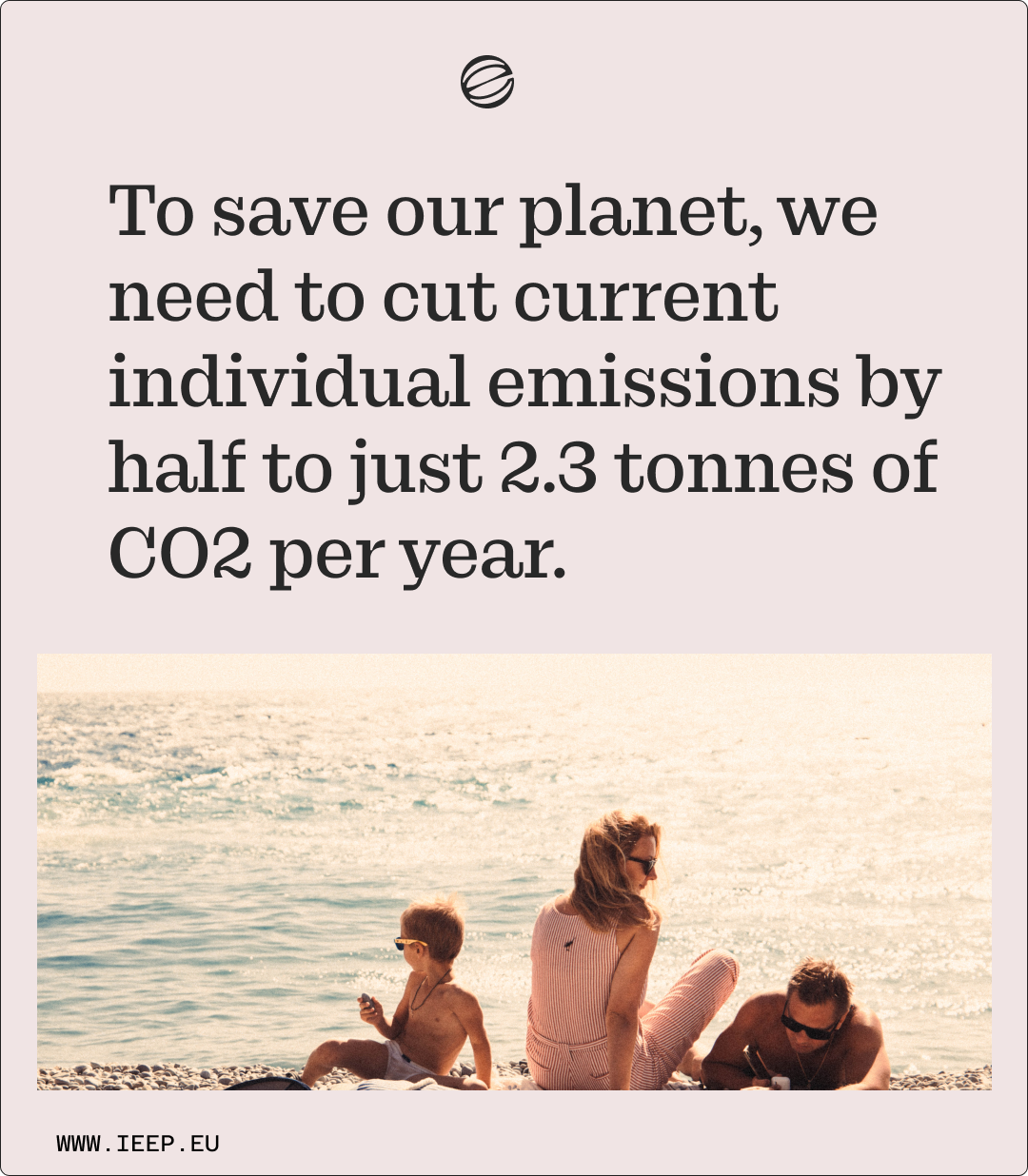Five quick facts about carbon emissions that every travel business should know
If you don’t know much about carbon emissions (beyond just a vague “they contribute to climate change”) then this is for you.
Unless you’re an environmental scientist or you’re just really into this stuff, emissions are probably really difficult to wrap your head around. You can’t see them, you can’t feel them, yet everyone is telling you you should care about them if you want to run a sustainable travel business. And you do! By understanding carbon emissions, you can make more informed decisions that benefit both your business and the planet.
But we know how overwhelming it can be.
That’s why we’re giving you a quick primer and breaking it down for you here in five facts that will instantly make you more informed.

1. CO2e or CO2-eq is the standard metric for measuring emissions.
CO2e (sometimes written CO2-eq) stands for "carbon dioxide equivalent." It’s a way to measure all the different greenhouse gases (like methane and nitrous oxide) in terms of the amount of carbon dioxide they would equal.
Since carbon dioxide (CO2) is the most common greenhouse gas, CO2e makes it easier to compare the impact of different gases by expressing them in one common unit.
Think of it like converting different currencies into a single currency, so you can see the total amount. In this case, CO2e tells us how much all the greenhouse gases together are contributing to global warming.

2. Travel and tourism is responsible for around 7% of all global emissions.
Not great. But the good news is that in 2023, travel and tourism accounted for 6.7% of all emissions globally, down from 7.8% in 2019, when travel and tourism emissions were at their peak. This is a huge achievement.
Aviation on its own accounts for around 2.5% of all global emissions, although its overall impact on global warming is actually even higher.
As a travel business, you can directly contribute to further reducing this number.

3. The average person emits 4.7 tons of CO2e of per year.
That’s the global average footprint for every individual on Earth. These emissions break down into household consumption, personal transport, and the goods and services consumed.
Knowing this number gives you a solid benchmark for planning your tours to be more environmentally friendly.
If you're working toward sustainable certification, like from GSTC, monitoring and managing your carbon footprint per tourist will be key, and much easier with this knowledge in your toolkit. Equator automatically provides per tourist carbon estimates for each tour you enter into our platform.
Why is it important to know? Telling you that the world collectively emits 35 billion tonnes each year isn’t really going to make an impact on you, nor it is really helpful or actionable. It’s just too abstract.
But when you break things down to an individual level, it then becomes much easier to make sense of and measure.

4. In just 2.3 days the average American or Australian emits as much as the average Malian or Nigerian in an entire year.
It’s important to understand that carbon footprints are wildly disparate among different countries, going from as much as 37 tonnes of CO2 in Qatar to less than 0.1 tonnes per person in Rwanda.
The reason for this has to do with the emissions generated from producing something, which of course varies between countries. It's no surprise that oil-producing countries like Saudi Arabia, Kuwait and Qatar, would have larger carbon footprints relative to their small populations. Other countries like China, the United States and Australia, that have emissions-heavy industries like manufacturing and mining also are responsible for larger carbon footprints per person. In contrast, the world's poorest countries - like those in Sub-Saharan Africa (Chad, Central African Republic and Niger) have the lowest emissions per capita at around 0.1 tonnes of CO2e per year. That's a staggering difference.
It might make sense to say that richer, more developed countries produce more emissions, but there are prosperous countries whose emissions are pretty near the global average. This mostly has to do with how their energy infrastructure is set up and how much of that is renewable energy that doesn't depend on fossil fuels. For example, in 2015, only 6% of France’s electricity came from fossil fuels, compared to 55% in Germany, which is why the average emissions per person in France is only 4.6 tonnes of CO2e which is half of their German neighbours.
Knowing how carbon footprints can vary helps you tailor your sustainability strategies based on the regions where you operate or where your customers come from.
It can also help guide your future planning as more reporting regulations start to apply across the travel industry.

5. To save our planet, we need to cut current individual emissions by half to just 2.3 tonnes of CO2 per year.
Every person on Earth would need to emit an average of just 2.3 tonnes of CO2 per year to meet the 2015 Paris Agreement global warming target of 1.5°C.
And while we shouldn’t absolve the biggest corporations and industries of their responsibility in producing the majority of emissions, every business (even smaller ones like yours) can make a difference.
Businesses like yours play a crucial role in shaping consumer behaviours and mindsets.
By instigating more responsible travel choices and encouraging people to travel more consciously, you can inspire them to make more sustainable choices in other areas of their lives—and push larger corporations to raise their standards.
This starts with making small yet impactful changes to the way you design your tours, and how you talk about them to your customers.